(QBĐT) - The Son River originates from the limestone mountains in the west of Bo Trach district, flows through the old Phong Nha estate (now Phong Nha town), joins the Gianh River downstream, and then flows into the East Sea. Although the residents of the area have called it in many different ways depending on their dialect, the river's name has never strayed from its mysterious red color, as a default, a familiar symbol of the homeland: Son River, Son source, Son fence...
Legend has it: The river's name is the product of a tragic love story of social class inequality following the motif of rich and poor being forbidden, causing the young couple to commit suicide in this river to maintain their steadfast loyalty and from then on people called it Son River. The legend clearly does not satisfy rationalists, familiar with empirical science in explaining natural place names, but it also relies on the poetics of the genre to explain the human world through natural phenomena, giving the river a humanistic, compassionate spiritual content, thereby enriching the beauty of Son River.
The fairy tale is based on a historical event: When being chased by Nguyen Anh's army, the Tay Son remnants led by General Hoang Thuy killed each other on the river to escape to the North, to create a more mysterious and supernatural ending: "From then on, every time it rained, the stream was filled with red water, which was the blood of the victims killed by Hoang Thuy" (according to L. Cadiere), which is also a spiritual technique to explain how the ancients named the Son River. The above event was recorded in the official history of the Nguyen Dynasty as happening in 1801, after Hoang Thuy fell in Tran Ninh (present-day Dong Hoi). With the explanation of this folk tale, the name "Son River" was at least from 1801.
However, in the book Phu Bien Tap Luc , a historical-scientific work written by scholar Le Quy Don in 1776, published 25 years before the event of 1801, the place name "Son River" was mentioned (Vietnamese translation): " On the Son River, where the old boundary was divided, there were vacant lands called Con Boi, Con Cho, Con Cam, people on both sides did not dare to cultivate, trees and grass grew like a forest ".
Later, the book Dong Khanh Du Dia Chi compiled by the National History Institute of the Nguyen Dynasty, in the section " Bo Trach district map ", drew the Son River with a note of the river's name in the original Chinese characters 硃 源江 (Chau Nguyen Giang); in addition, in the section "mountains, rivers", this book also described more clearly: " Chau Nguyen River (硃 源江), originates from the streams in Phong Nha mountain, flows to the northeast, and pours into Gianh River". The Sino-Vietnamese dictionary of Dao Duy Anh explains: The word 硃 (chau) is "son", "red color", the word 源 (nguyen) is "water source", "river"; accordingly, "Chau Nguyen Giang" means "Son River"/"Son source".
 |
It is noteworthy that in the word 硃 (Chau) that ancient books used to represent the name of the Son River, there is the radical 石 (thach) with the meaning of "earth", "stone"; moreover, is that an indication that the red water color (chau) of the river has a physical origin from a certain block of vermilion-colored earth or rock? If so, with this way of expression, it can be assumed that the red color that once appeared in the Son River's water source from ancient times is a physical color of natural origin, not a psychological color (son iron), a spiritual color (blood of warriors) as told in legends and folk tales. So where is that block of vermilion-colored earth and rock of natural origin located in the upper reaches of the river to continuously "release" the dye that dyed the water source, making the ancestors of the Phong Nha region impressed enough to call the Son River's name from ancient times?
Looking at the books Dai Nam Nhat Thong Chi and Dong Khanh Du Dia Chi, they both mention a mountain in the area called Chau Son (硃山) containing a lot of red vermilion (also known as Tho Chau 土硃), a type of earth vermilion, ground with water to make vermilion for marking exam papers, or to make paint, decorative paintings... a valuable mineral resource at that time: " Chau Son Mountain: 6 miles southwest of Minh Chinh district, there is a lot of Tho Chau", " Chau Son Mountain in Lac Giao village, a mountain with a lot of vermilion " According to the description of ancient books " Chau Son Mountain: Southwest of Minh Chinh district" it is clear that the mountain is located on the border of Bo Trach-Minh Chinh districts, on the northern bank of the upper Son River, or at least the streams and sources originating from this mountain also flow into the upper Son River, the natural boundary river between the two districts.
Comparing further with the "native products" section of Minh Chinh district recorded and confirmed by these two ancient books, the mineral ochre on Chau Son mountain was once exploited and produced a lot at the source of Son: " Son in Lac Giao village, Chau Son mountain has quite a lot, but the color is not very bright" ( Dong Khanh geography ), " Son stone, produced at the source of Son, An Nieu, Minh Chinh district" (Dai Nam Nhat Thong Chi ). At that time, Quang Binh province probably had only ochre mineral sources in Chau Son mountain, Minh Chinh district, because in the "native products" section, the ancient books above fully recorded all kinds of forest products, seafood, farming and planting products... with high yield and good quality that many districts in the province simultaneously possessed, but the native product ochre was only found in Minh Chinh district.
Because it is a rare source of raw materials and has great social demand, the ochre mineral on Chau Son mountain has become a source of profit for people in the area to exchange, even become a commodity, so it has been exploited and "produced at the Son source" as mentioned in the book Dai Nam Nhat Thong Chi. Imagine that these are mines that exploit and produce ochre with primitive and backward technology, with the following stages: Exploiting raw materials, selecting, and washing products on the Son River, or on upstream streams flowing into the Son River, causing the ochre color to mix with the water, flowing downstream, gradually imprinting itself in the minds of generations of residents living along the two banks of the river and the entire Phong Nha site.
On the other hand, Chau Son mountain is becoming increasingly fragile because it is frequently excavated to exploit mineral resources, so during the rainy season, the mountain is eroded or washed away strongly, dragging the vermillion color down the river. It is very possible that both the above-mentioned man-made and natural disasters are the source of the repeated causes over a long period of time that make the river water often tinged with vermillion red, causing the local residents to rely on this common characteristic to call the river a nickname and forever call it the place name: Son River.
There is a very objective linguistic detail that should not be overlooked when examining and explaining the place name of the Son River: The historians of the Nguyen Dynasty recorded the Son Mountain in the upper reaches with the Chinese character 硃山 (Chau Son), and the Son River flowing below it with 硃 源 (Chau Nguyen). Chau Son (Son Mountain) and Chau Nguyen (Son River) are two different geographical entities (mountain-river), but both have the same name "Chau" of the same Chinese character (硃), meaning "vermillion", "red"; moreover, did our ancestors thereby imply that there was a connection between them, or a consequence of each other because of this vermillion color?
But a very long time after that and until now, no one has ever seen the Son River water change its vermillion color again, but only has a clear jade green color in the dry season and a murky yellow color in the rainy season. That is because the vermillion production facilities in Son Mountain have long since ceased to operate because the minerals have been exploited and eroded. From then until now, time has been long enough for the natural source of the vermillion color mixed in the river water to disappear from people's minds, although the place name Son River has "died" in history and in human language communication. The "mystery" of the place name Son River urged later generations to decode it, and accordingly, legends and folk tales about the river were born.
By discussing the name of the Son River, we do not intend to refute the legends, folk tales, and spiritual products associated with the river, but only present a different, empirical approach, based on natural phenomena from historical and geographical records left by ancient people, to give readers a wide scope for discussion. Besides its value as a natural beauty spot, the Son River also has scientific value, livelihood value, and cultural value, in which the name of the river is an interesting intangible mystery, which has attracted many people who are passionate about decoding the past and present.
Tran Hung
Books, references:
- Phu Bien Tap Luc, Le Quy Don (translated by Ngo Lap Chi), Faculty of Social Sciences, Hanoi University of Science, 1959, online version.
- Dai Nam Nhat Thong Chi, Labor Publishing House, 2012.
- Dong Khanh geography, Ngo Duc Tho, Nguyen Van Nguyen, Philippe translated and edited, online version.
- Sino-Vietnamese Dictionary, Dao Duy Anh, Social Sciences Publishing House, 2000.
- Vietnamese culture, religion and beliefs under the perspective of scholar L.Cadiere, Do Trinh Hue, Thuan Hoa Publishing House, 2006.
Source: https://www.baoquangbinh.vn/dat-va-nguoi-quang-binh/202407/cam-nhan-song-son-2219313/


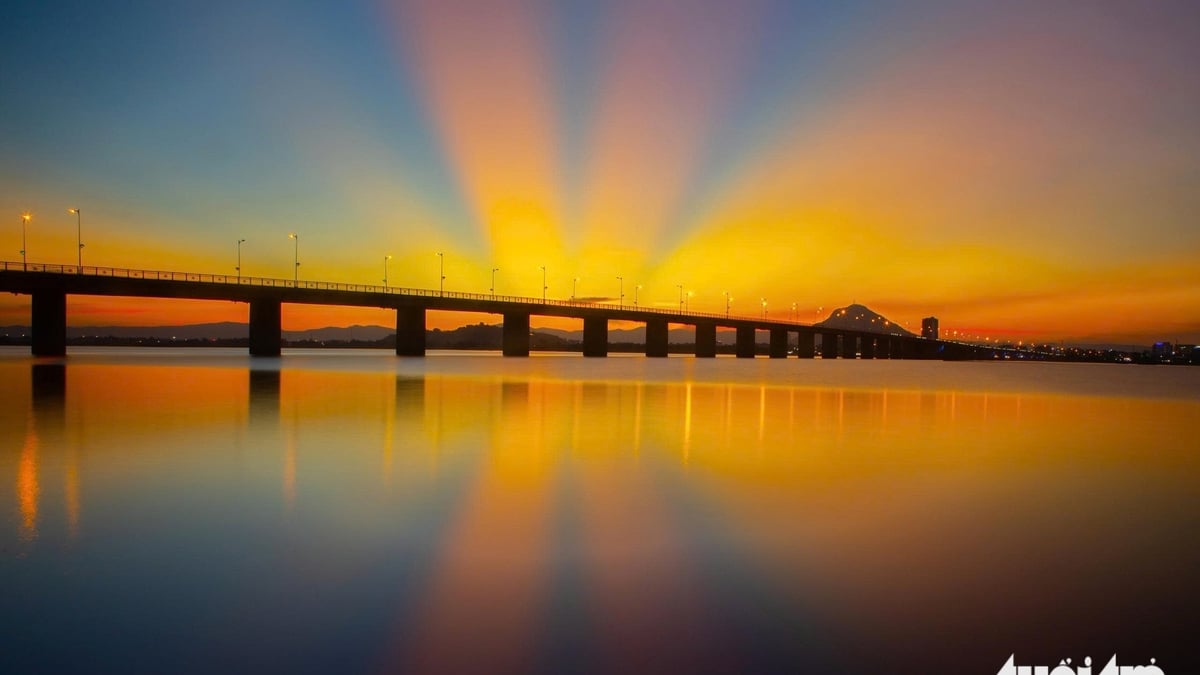

![[Photo] Prime Minister Pham Minh Chinh chairs the national online conference on combating smuggling, production and trade of counterfeit goods.](https://vphoto.vietnam.vn/thumb/1200x675/vietnam/resource/IMAGE/2025/6/23/4a682a11bb5c47d5ba84d8c5037df029)
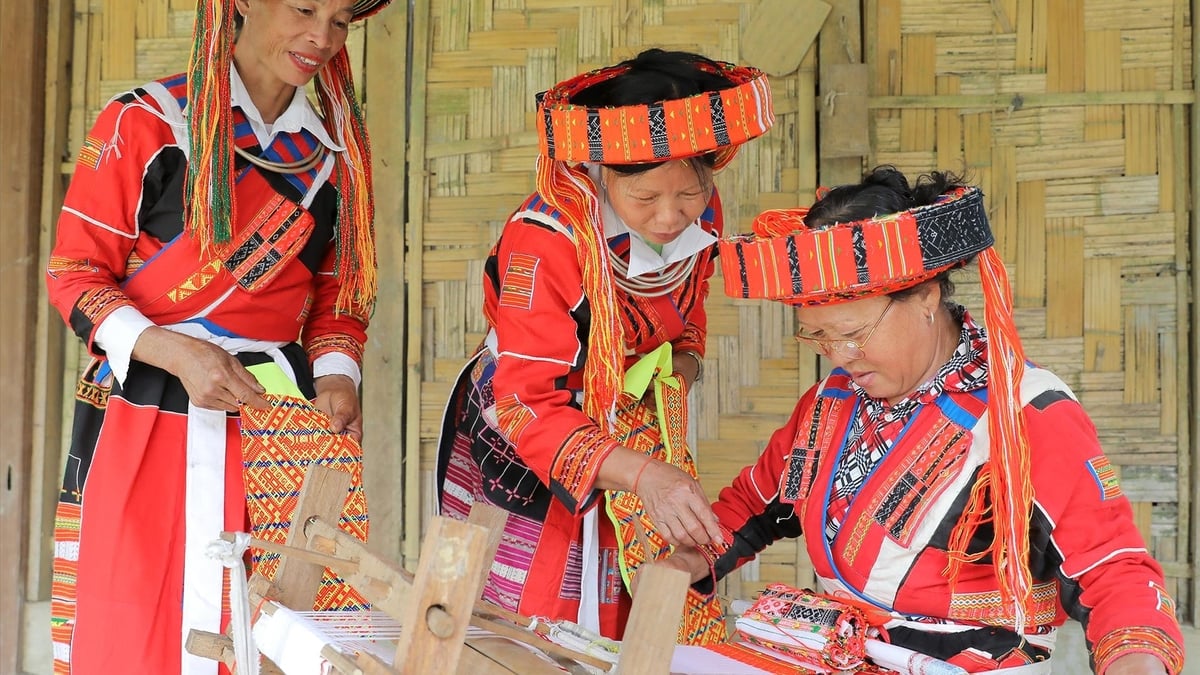

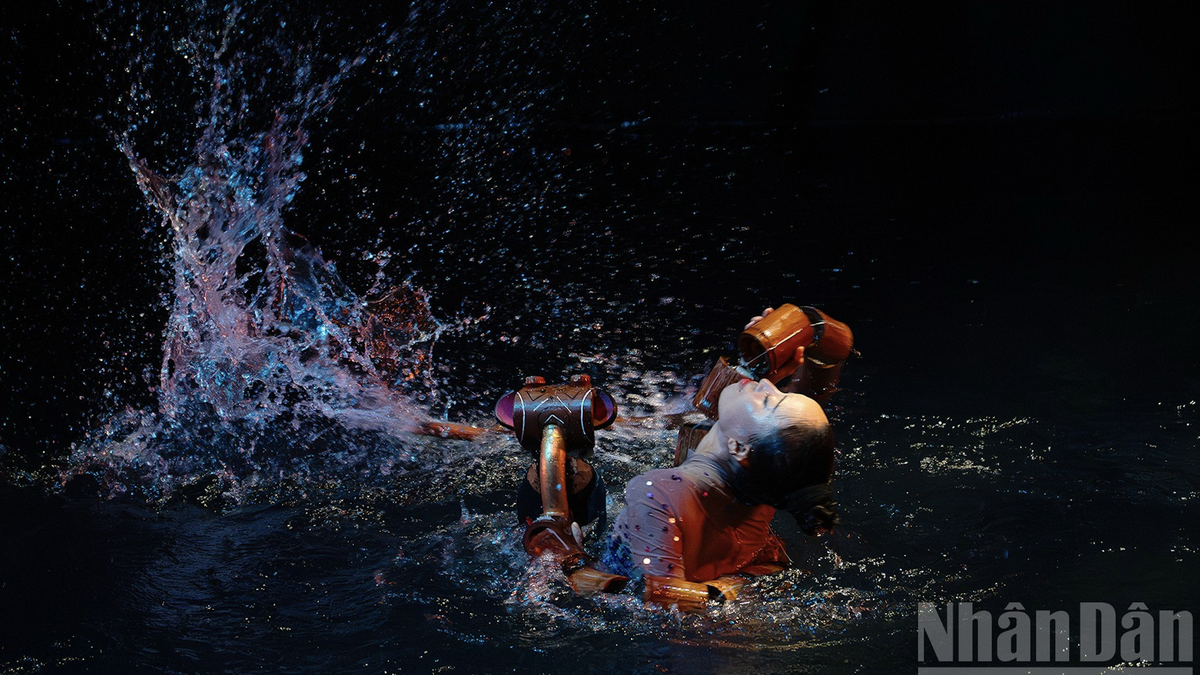
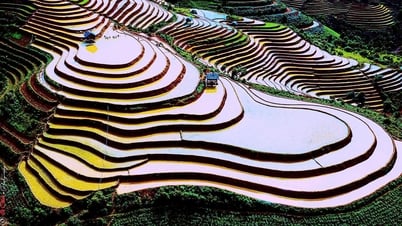







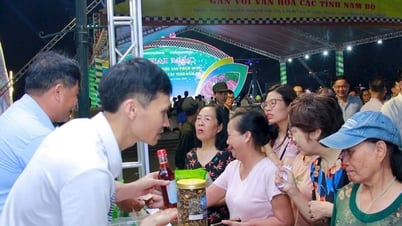



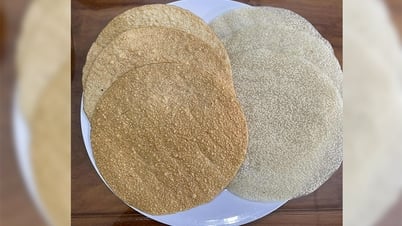

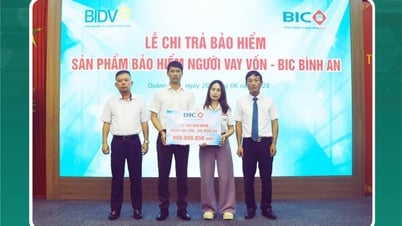

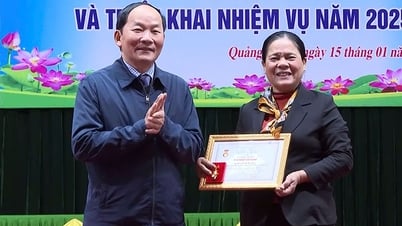
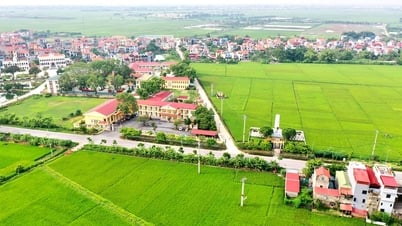






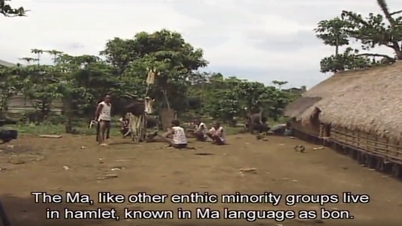


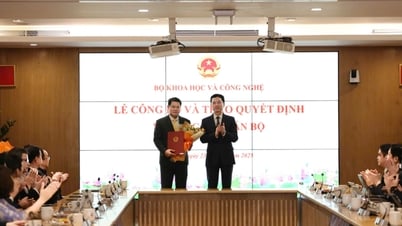
![[Photo] Prime Minister Pham Minh Chinh holds meeting to launch exhibition of national achievements to celebrate 80th National Day](https://vphoto.vietnam.vn/thumb/1200x675/vietnam/resource/IMAGE/2025/6/23/0c0c37481bc64a9ab31b887dcff81e40)


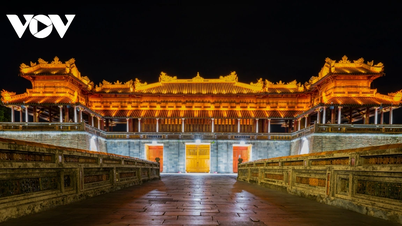








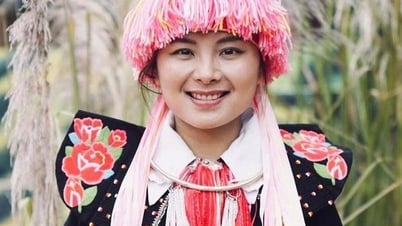













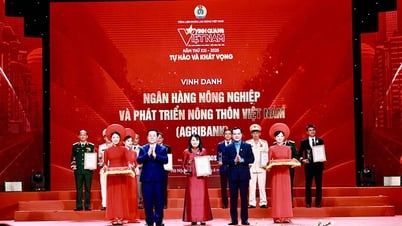

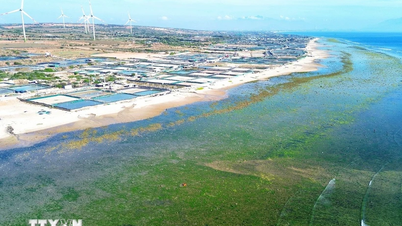

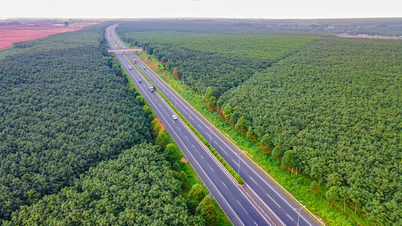






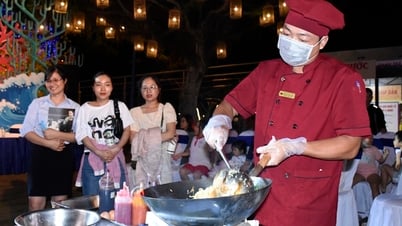


![[Infographic] The 1st Congress of the Party Committee of the Ministry of Culture, Sports and Tourism, term 2025-2030](https://vphoto.vietnam.vn/thumb/402x226/vietnam/resource/IMAGE/2025/6/24/8afbd7c780424568b23fd09cd74c8b1d)





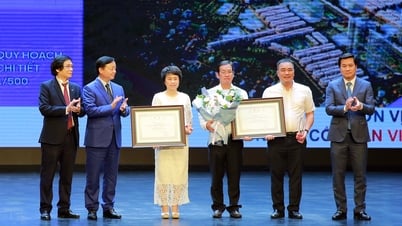




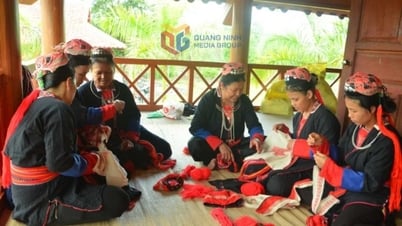












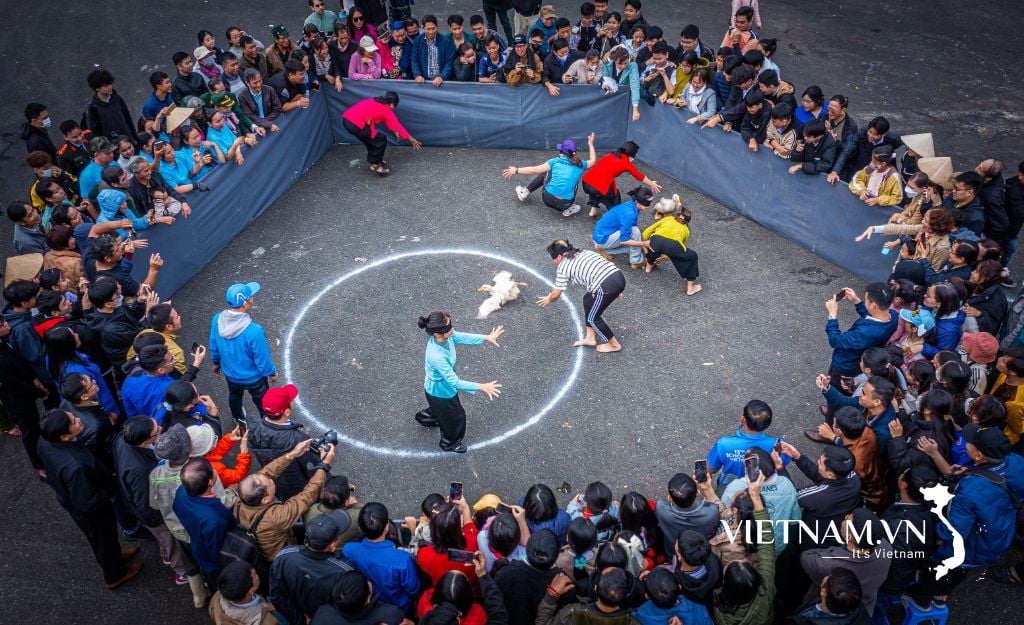

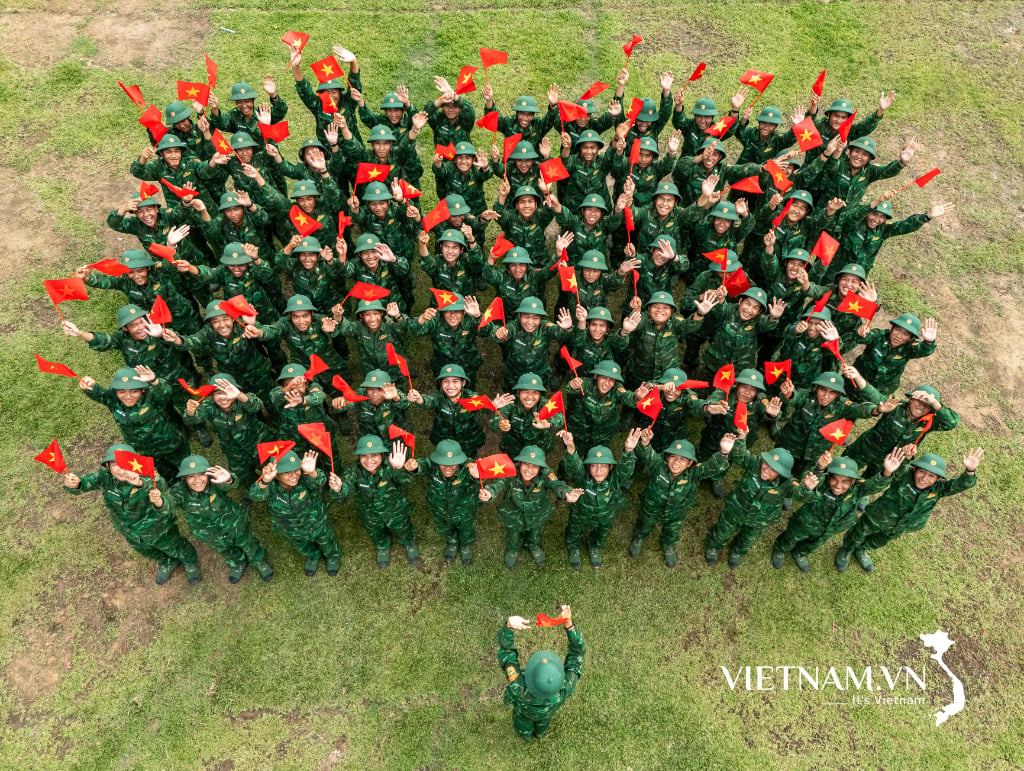
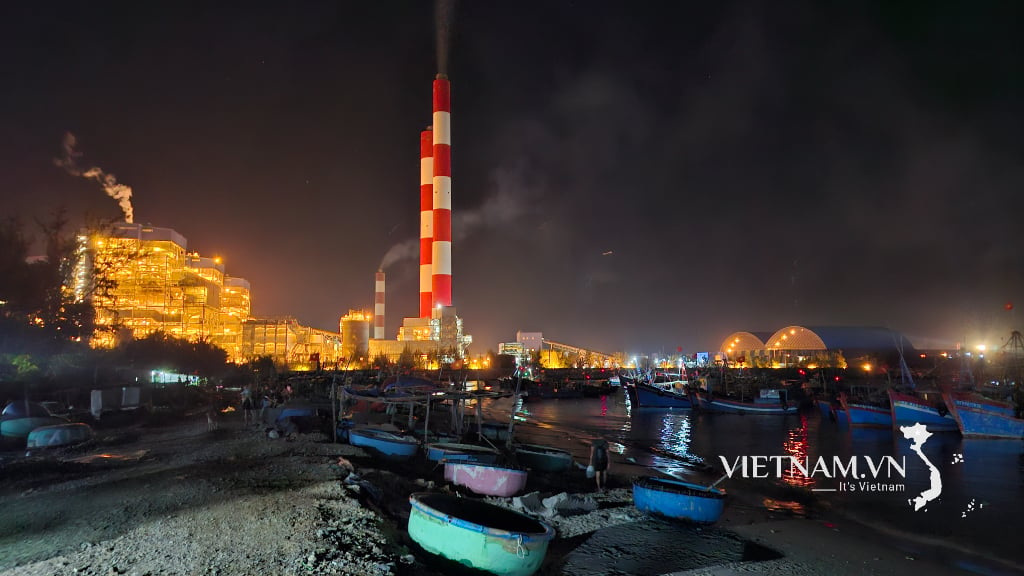
Comment (0)